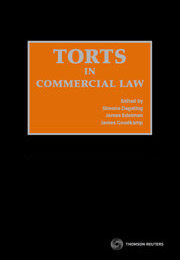
Torts in Commercial Law
|
Book $393.00 RRP |
Date: 22/12/2011 Code: 9780455229232 Thomson Reuters, AUSTRALIA |
 Torts in Commercial Law
Price: $393.00
|
Available Formats
| Format | Title | Date | Code | Price | |
|---|---|---|---|---|---|
| Book | Torts in Commercial Law | 22/12/2011 | 9780455229232 | $393.00 |
Add to cart
 Torts in Commercial Law
Price: $393.00
|
Description
The third volume in a compelling “commercial law library”, accompanying Equity in Commercial Law and Unjust Enrichment in Commercial Law, this new book will be turned to frequently. Based on the papers presented at the international conference, “Torts in Commercial Law 2010”, this book brings together in one volume a series of chapters from a team of prestigious contributors analysing the interaction of common law and equity in commercial law.
Its unique strength is its sustained examination and the conceptual unity that it brings to the subject matter. The world’s leading experts – practitioners, judges and academics – provide unique commentary in this key area of the law.
Contributors include The Hon Justice James Allsop, Associate Professor Kit Barker, Professor Andrew Burrows QC FBA, Associate Professor Simone Degeling, Dr Simon Douglas, The Hon Justice James Edelman, The Hon Chief Justice Robert French AC, Professor Mark Gergen, Dr James Goudkamp, The Hon Sir Grant Hammond KNZM, The Rt Hon Lord Hoffmann PC, Professor Lewis Klar, Professor Barbara McDonald, Associate Professor Jason Neyers, Professor Jane Stapleton, Professor Robert Stevens, Professor Jenny Steele, Mr William Swadling, Professor Stephen Todd and Professor Prue Vines.
You Might Also Like
-
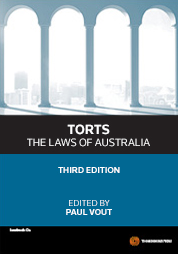
Torts: The Laws of Australia 3rd Edition - BookBook
$197.00
-
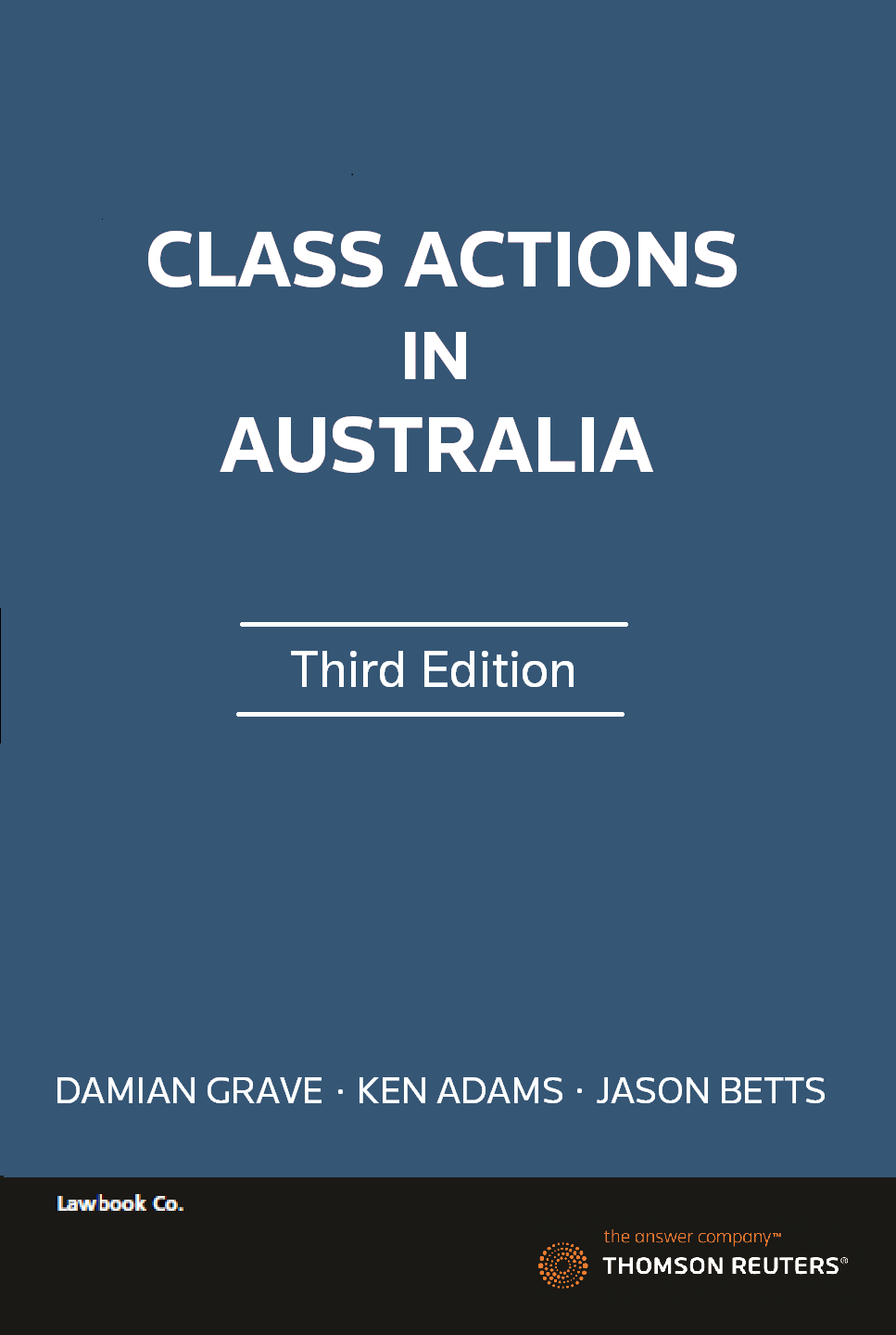
Class Actions in Australia 3rd Edition - Softcover BookBook
$308.00
-
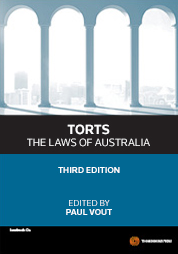
Torts: The Laws of Australia 3rd Edition - Book & eBookBook+eBook
$270.00
-
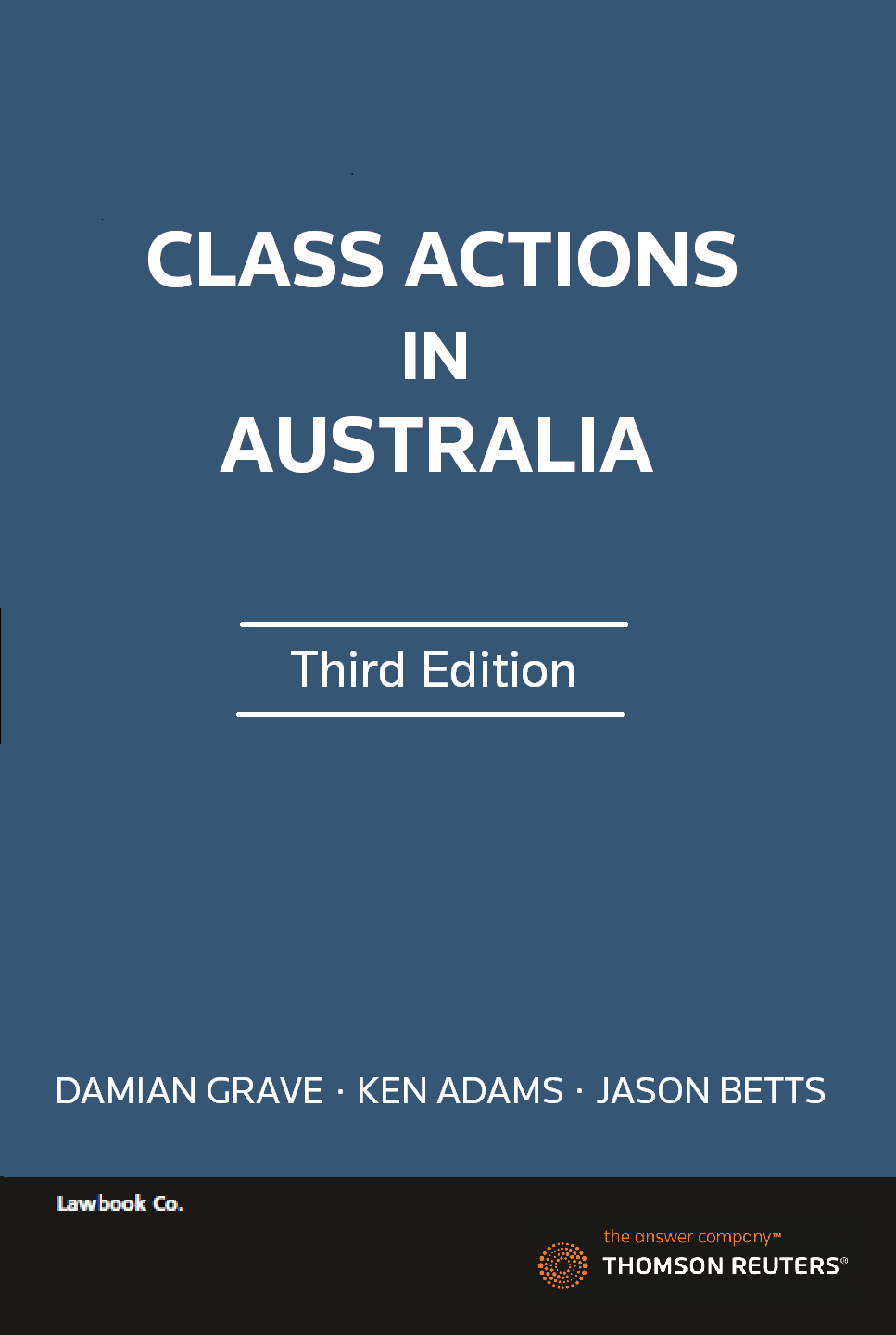
Class Actions in Australia 3rd Edition - Softcover Book & ...Book+eBook
$400.00
-

Torts: The Laws of Australia 3rd Edition - eBookeBook - ProView
$197.00
-
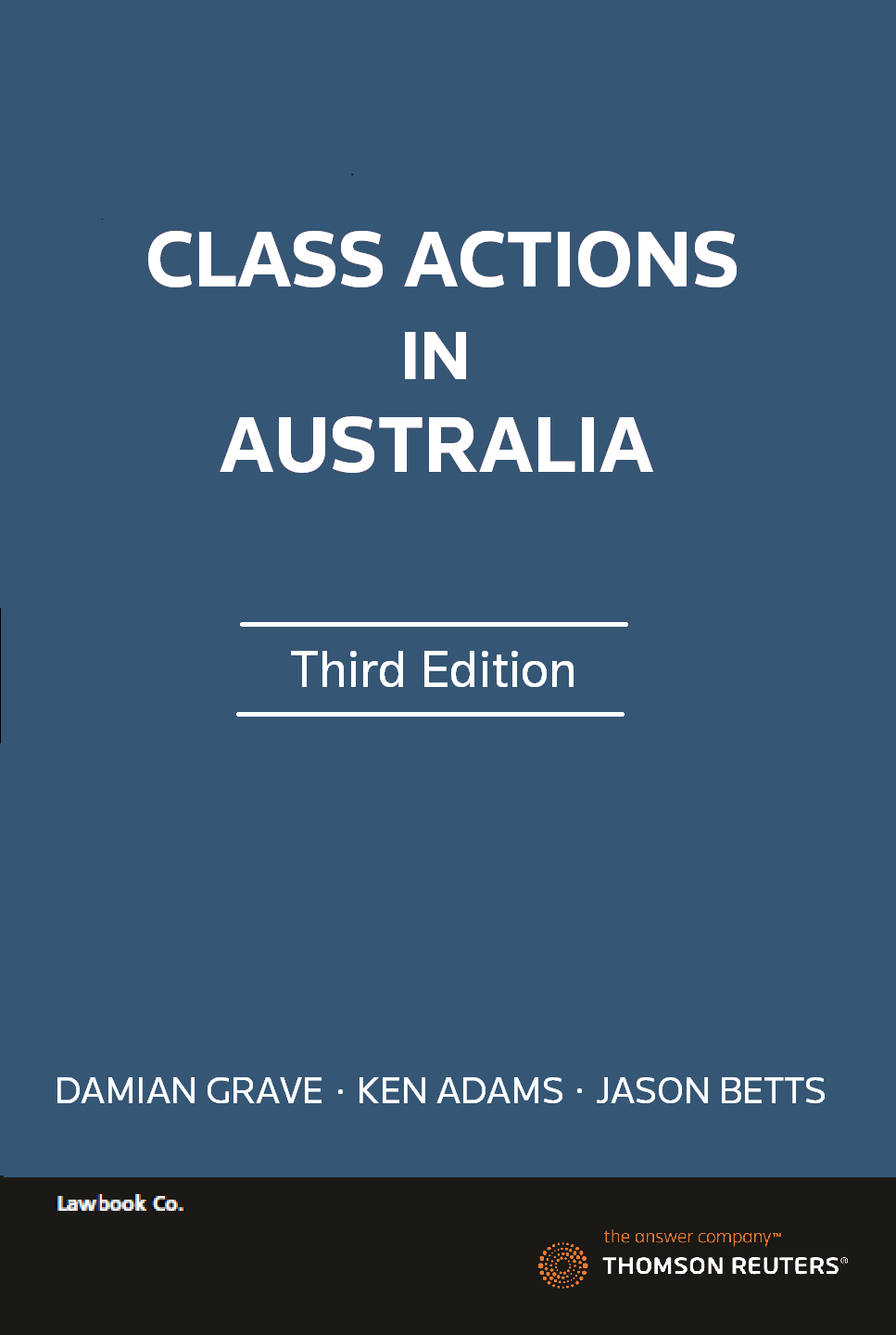
Class Actions in Australia 3rd Edition - eBookeBook - ProView
$308.00
-
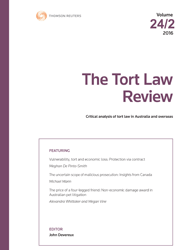
Tort Law Review: PartsJournal
N/A
Editorial Reviews
From: Australian Bar Review Volume 36 Number 1, August 2012
Reviewed by Keith Mason, June 2102
On one count, there are over 70 torts.1 Some take their name from a leading case, others from a key element in the cause of action. For some torts, their arrival or departure date can be specified easily.2 So too the date on which some torts are despatched from these shores3 or barred entry.4 Other torts, like negligence, appear for a time to be on an ever expanding march 5 only to fissure as appellate courts seek to check the liberality of juries and lower courts by engrafting additional components to the duty element in particular situations.6
When appellate judges examine the ambit of particular torts, they inevitably (although not always consciously) make assumptions about the function of the tort or of tort law generally. Is it always or 'essentially' concerned with corrective as distinct from distributive justice? Need there always be some level of underlying fault, or (as with vicarious liability) is the court also concerned with loss distribution and the promotion of safe practices? Is compensation of the injured plaintiff always the only goal, or are there situations where vindication of right, deterrence, punishment and profit-stripping7 are appropriate? Are torts exclusively or essentially the product of the common law?8
This book is the third in the Thomson Reuters Commercial Law series, Following Equity in Commercial Law and Unjust Enrichment in Commercial Law. Each work is the product of a conference that gathered leading scholars from Australia, England, Canada and New Zealand to explore common themes surrounding the chosen topic. Practitioners wanting a snapshot of modem Australian law (with reference to overseas developments) will be well-rewarded.
The abolition of the forms of action triggered scholarly debate about the systemisation of a body of tort law that (if it truly bad anything in common) used the alphabet as its organising theme. Scholars including William Blackstone and Frederick Pollock contended that the law of torts could be presented systematically, with reference to the rights protected (liberty, the security of one's goods, reputation etc). For some, this protection was by strict liability; others (derived from various actions on the case) requiring some level of fault.
Lord Atkin's famous attempt to reduce 'the whole of the law of tort' to an expression of the Biblical maxim about doing to one's neighbour as what he would do to oneself 9 saw its flowering in Donoghue v Stevenson10 where he spoke of the law of torts as being based upon 'a general public sentiment of moral wrongdoing for which the offender must pay'. As we know, this essentially circular generalisation would expand liability in negligence but lead conceptually to the dead-end of the proximity principle. Atkin's vision was indeterminate and it never addressed the continuing role of certain torts of strict liability that responded to infringements of particular rights. As will be seen, some modem scholars have moved to something of a dead end in the opposite direction, the idea that the whole of tort law can be presented as a disquisition on legal rights. This book concentrates on torts in the commercial law context, recognising that the current law is 'bi-focal' in its conception that tortious liability is based on both the infringement of private rights, usually without fault, and upon fault.
The editors state that 'commercial law is the anvil on which principles important for the development of the law of torts will be forged'.11 This is a controversial when one thinks of the role of torts promoting the liberty of the subject and in public law. Nevertheess, practitioners involved in commercial matters will welcome the book's concentrated fire-power, especially since law school torts courses are struggling to include anything beyond negligence.
After a helpful survey by the editors, Part I of the book is concerned with the structure of the law of torts and its future in the 'age of statutes'. It commences with French CJ's elegant presentation of at least eight non-exhaustive inter-relations between statutes and the common law. Professor Robcrt Stevens develops the main themes of his groundbreaking Torts and Right,12 arguing passionately against the bifurcated reality of the law of torts. Stevens recognises that several Australian decisions stand in his way, especially those recognising a limited claim stemming from the negligent infliction of pure economic loss,13 and several of the authors join issue with his vision on theoretical and policy grounds as well.14 In Ch 4, Professor Barbara McDonald examines the likely progress of claims based on privacy in Australia, helpfully linking her arguments with a survey of recent overseas developments. Chapter 5 (by Dr Douglas) examines the 'chattel torts', exploring the extent of interference necessary to ground liability, among other things.
Part II considers the 'economic torts' including liability for negligently inflicted pure economic loss. Those craving to see unity may look to the political history of torts such as inducing breach of contract, malicious falsehood, passing off, deceit and intimidation. That history examines the law's response to the rise of trade unions and its more benign attitudes to anti-competitive actions by organised capital. Beyond such matters, commonality is hard to detect and the search may be fruitless anyway. The role of negligence points to one area where Australian and English law appears to diverge markedly at present.
Part III addresses insurance and state liability. These issues are linked because each raises questions of distributive justice. One occasionally encounters sweeping judicial assertions that tort law is concerned only with corrective justice, but any such unthinking 'top down' reasoning is always dangerous. Chapter 11, Professor Vines' analysis of the tort of misfeasance in public office convincingly addresses those who would wish to see a purely rights-based attitude reflected in the sometimes messy caselaw. Chapter 12 (by Professor Klar) discusses the liability of public authorities in negligence, with an emphasis on the Canadian cases.
Part IV (Causation, Damages and Defences) will be of particular interest to banisters. Causation is examined perceptively, and with a close analysis of the recent Australian cases, in chapters by Justice James Allsop and Professor Jane Stapleton. Issues of damages (compensatory, restitutionary and exemplary) are considered by Professor Andrew Burrows, Mr William Swadling, Professor Stephen Todd and Sir Grant Hammond. Dr James Goudkamp rounds off the Part with a helpful taxonomy of tort law defences.
_______________________________________________________
1 B Rudden, 'Torticles' (1991-92) 6 Tulane Civil Law Forum 105.
2 For example, the tort which appeared in Beaudesert Shire Council v Smith (1966) 120 CLR
145; 18 LGRA65; [I966] ALR 1175; BC6600130 only to be killed off in Northern Territory
v Mengel (1995) 185 CLR 307; 129 ALR 1; 69 ALJR 527; BC9506418.
3 As with Rylands v Fletcher, belatedly absorbed into the tort of negligence in Australia in
Burnie Port Authority v General Jones Pty Ltd (1994) 179 CLR 520; 120 ALR 42; 68 ALIR
331; BC9404607.
4 As with the rejection a a tort of spoliation in British American Tobacco Services Ltd v
Cowell (2002) 7 VR 524: [2002] VSCA 197: BC200207341.
5 See Australisn Safeway Stores Pty Ltdv Zaluzna (1987) 162 CLR 479: 69 ALR 615: 61
ALJR 180; BC870176; Brodie v Singleton shire Council (2001) 206 CLR 512; 114 LGERA 235; [2001] HCA 29; BC200102755.
6 See Modbury Triangle Shopping Centre Pty Ltd Anzil(2000) 205 CLR 254; 176 ALR 411;
[2000] HCA 61; BC200007093; Roods and Traffic Authority (NSW) v Dederer (2007) 234
CLR 330; 155 LGERA 153; [2007] HCA 42; BC200707279.
7 Cf Hospitality Group Pty Ltd v Australian Rugby Union Ltd (2001) 110 FCR 157; (2001)
ATPR 41-831; [2001] FCA 1040; BC200104902 at [162] where there appears in the
majoritv judgment the extraordinarv statement that 'however described, it is not possible to slot an account of profits into the general framework of remedies that are available in tort’.
8 Since its 9th edition (2006) Clerk & Lindsell on Torts has included chapters on breach of
confidence and of fiduciary duty.
9 J Atkin, 'Law as an Educational Subject' (1932) Jnl of the Society of Public Teachers of Law 27 at 30.
10 [I932] AC 562 at 580: [I932] SC (HL) 31; [I932] All ER Rep I; (1932) 101 UPC 119.
11 'The Foundations of Torts in Commercial Law', written by the editors, James Edelman,
James Goudkamp and Simone Degeling, p 4.
12 Oxford University Press, Oxford, 2007.
13 See esp pp 48, 155. See also Professor Gergen's chapter on 'Principles for Resolving Hard Cases of Carelessly Caused Pure Economic Loss' (Ch 8).
14 See esp Professor Kit Barker in Ch 9, 'Relational Economic Loss and Indeterminacy: The
Search for Rational Limits'.
Table of Contents
Part I: General Themes and Directions
Part II: Economic Torts and Economic Loss
Part III: Insurance and the State
Part IV: Causation, Damages and Defences
 Commercial & Business Law
Commercial & Business Law